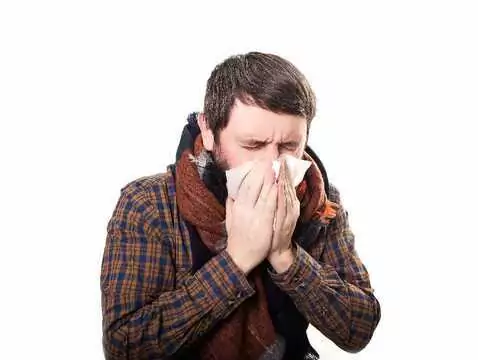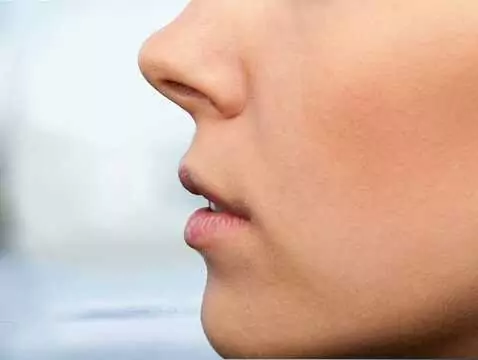Sleep-disordered breathing is a dangerous condition that can lead to chronic hypoxia. The main symptoms include snoring and the presence of sleep apnoea. An in-depth diagnosis and interview with the patient and his or her loved ones is extremely important. In addition, physical examinations, such as an ENT examination, are important to determine where the airway obstruction is occurring. Treatment can be based on conservative methods, which is quite inconvenient for the patient, or on surgical methods.
Ad:









